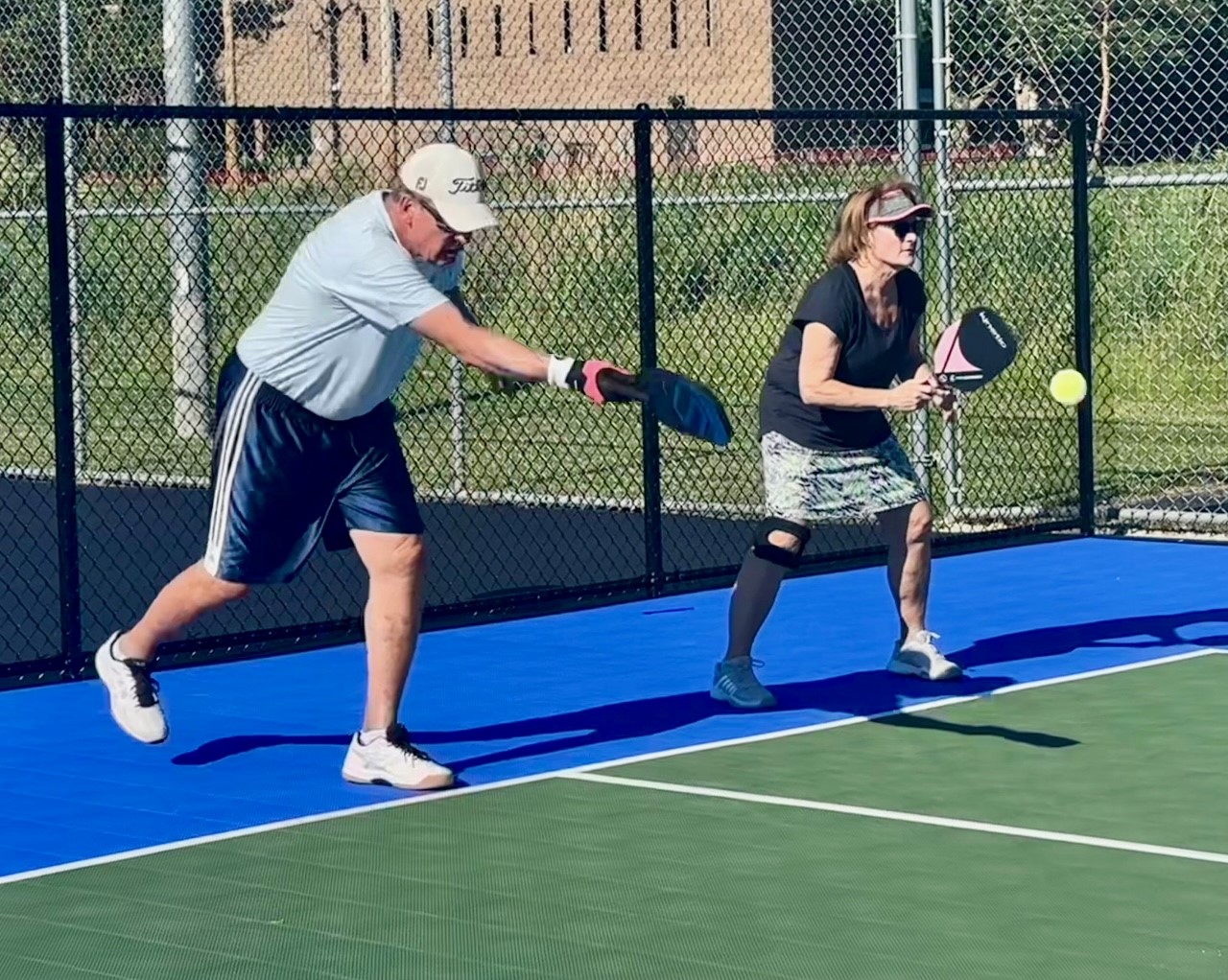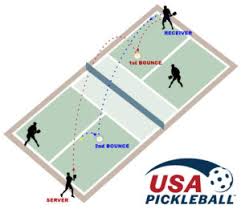- A fault is any action that stops play because of a rule violation.
- A fault by the receiving team results in a point for the serving team.
- A fault by the serving team results in the server’s loss of serve or side out.

Join a summer league, tournament, or group lesson!
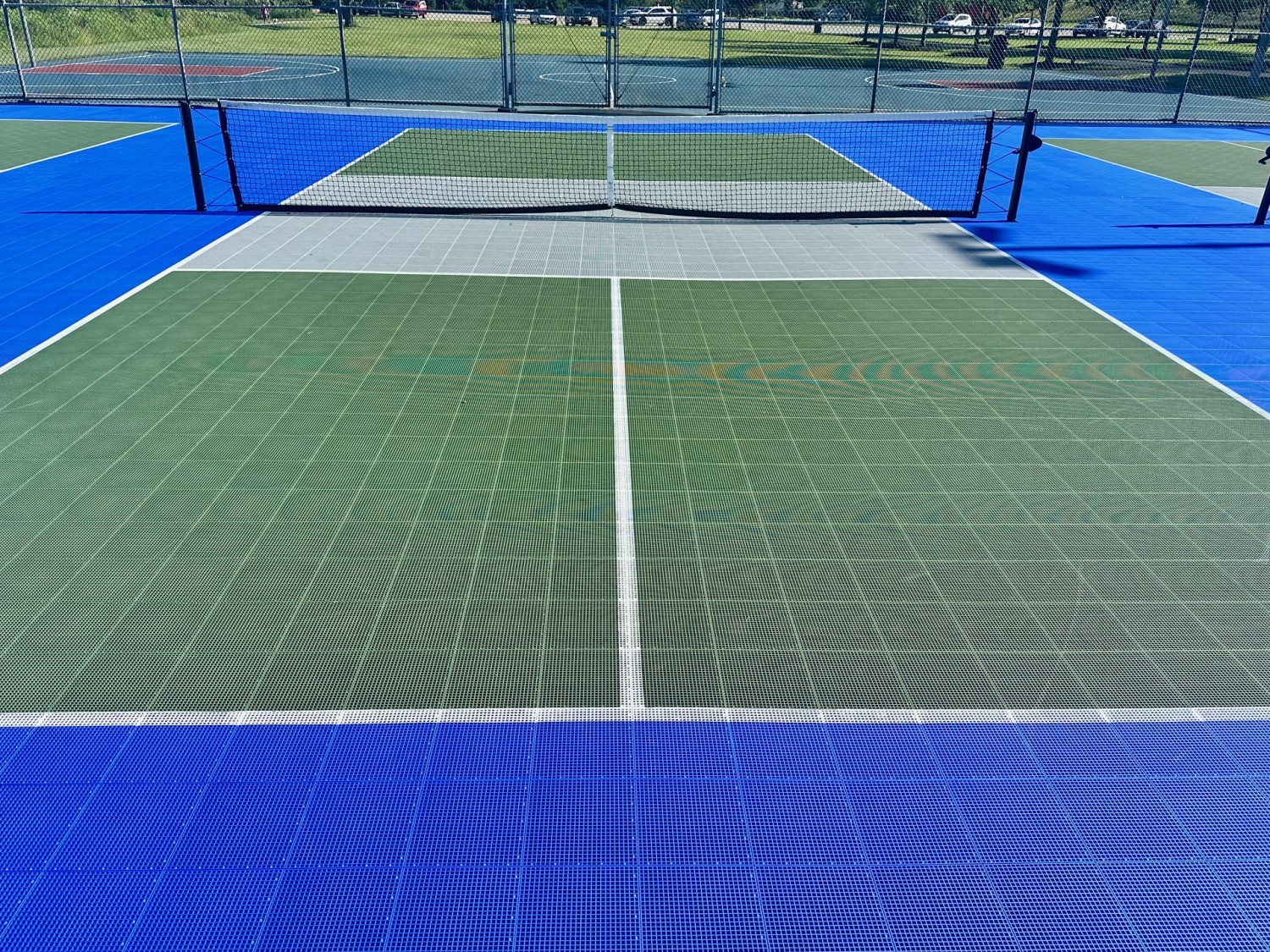
If there are no reservations, free play is available on a first-come, first-served basis.
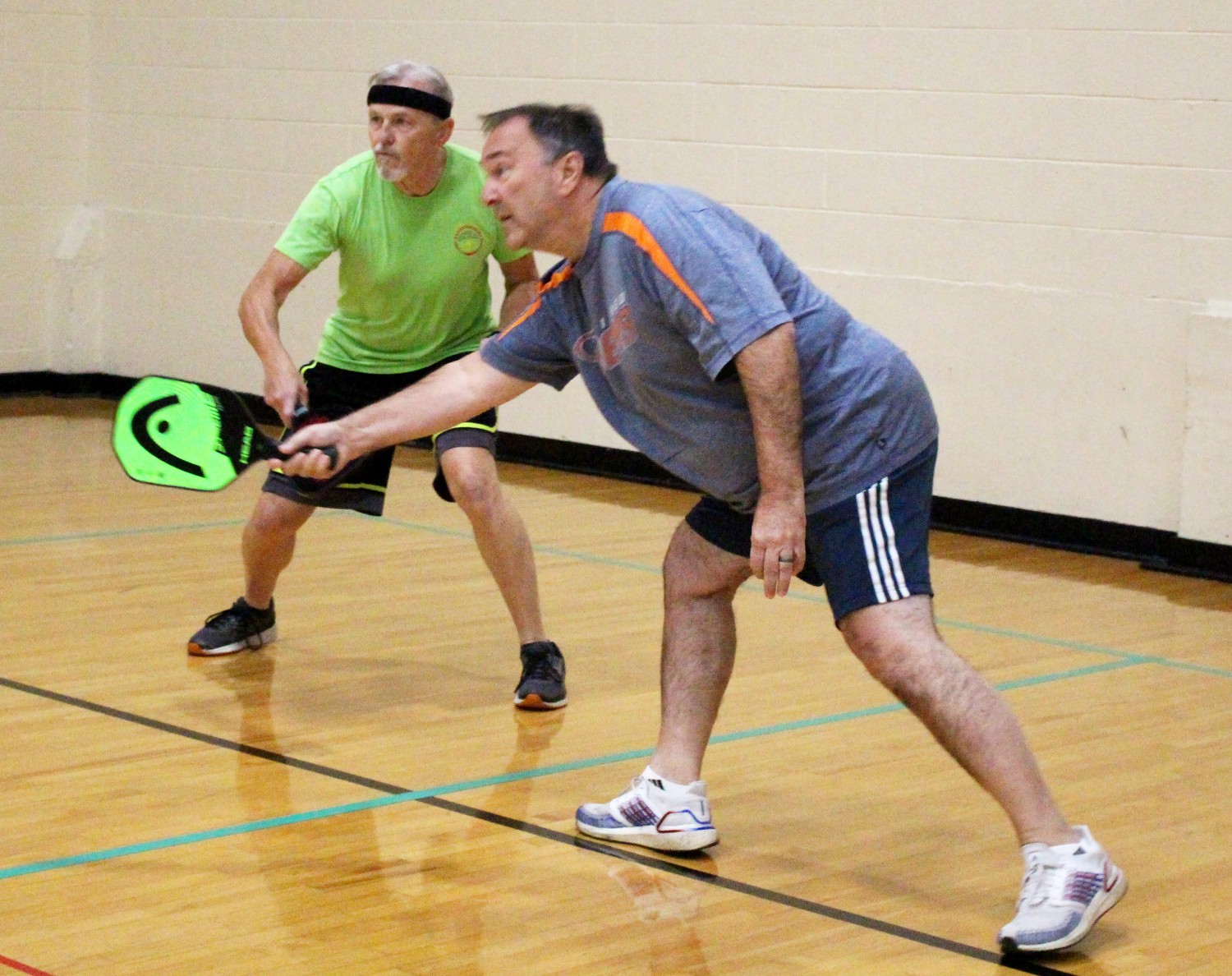
Join us for beginner or intermediate lessons. New classes each season.
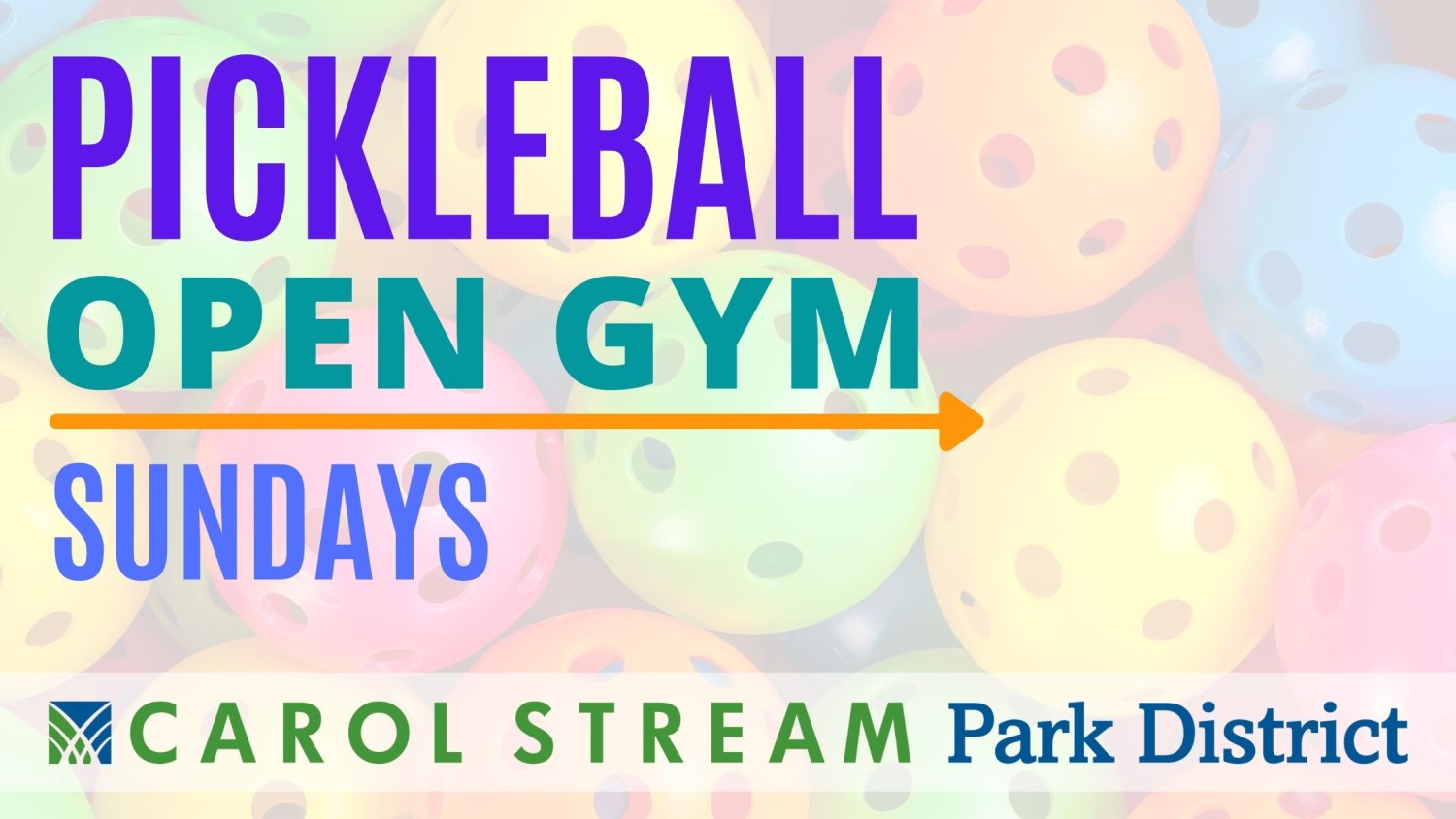
Sundays – 12-2pm
Register weekly for two hours of open gym pickleball.
Follow registration link to review dates open gym is not offered.
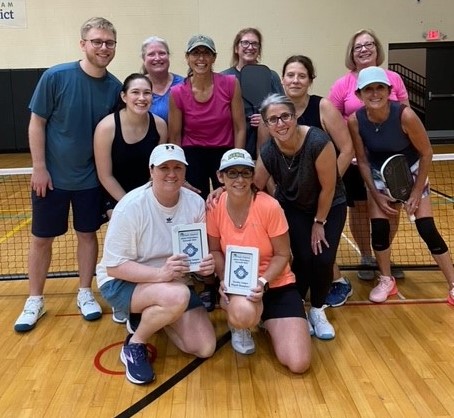
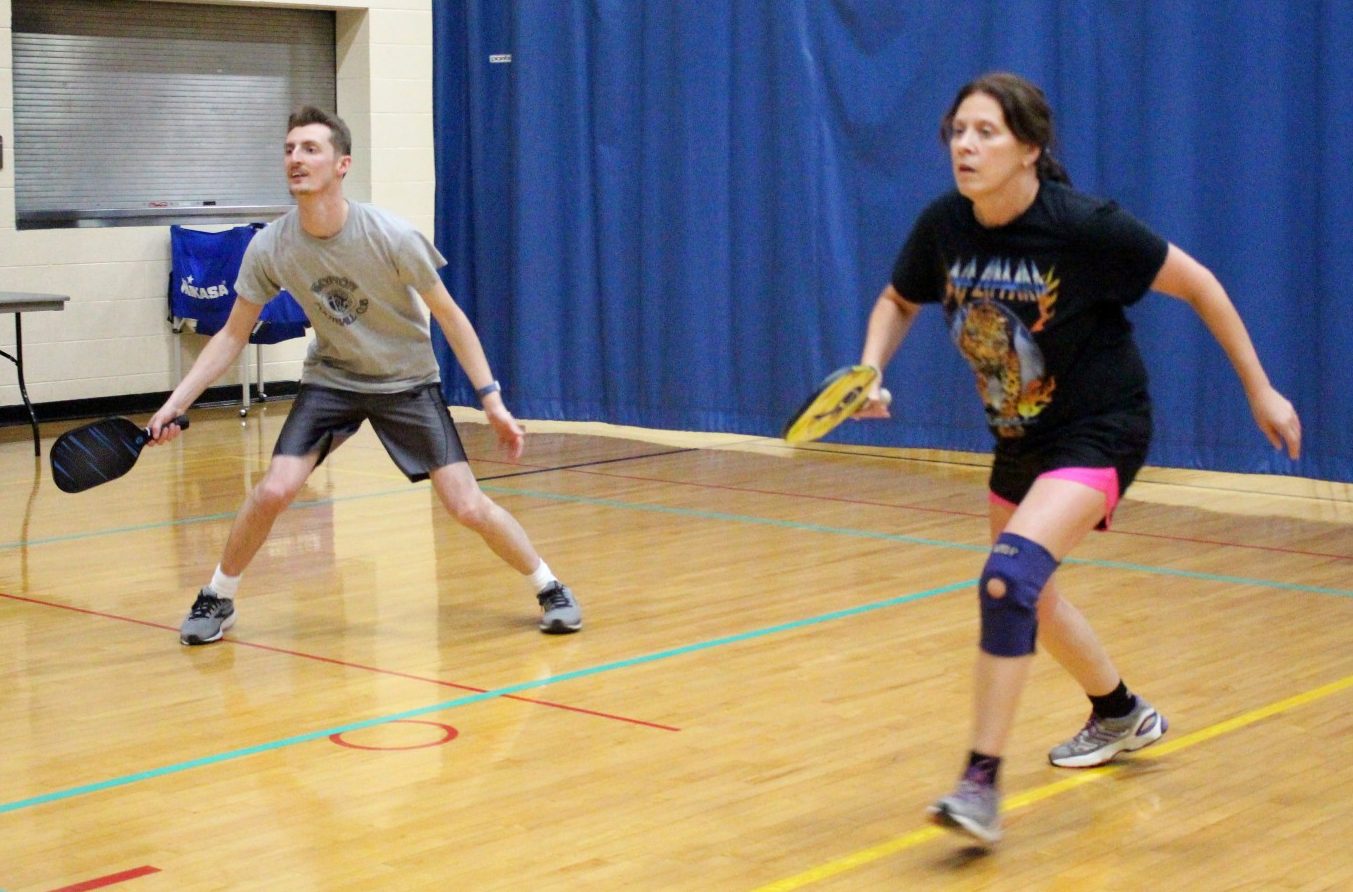
Check out our seasonal pickleball tournaments. Register individually and note your team name and partner (or free agency). Games are self-officiated. Prizes for the winners.

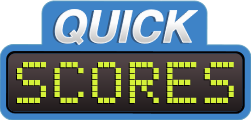
| Season | Session | League | Division | Schedule & Standings |
|---|---|---|---|---|
| Winter | Session I | Tuesday | Recreational | Schedule |
| Winter | Session I | Thursday | Competitive | Schedule |
| Winter | Session I | Thursday | Red | Schedule |
| Winter | Session I | Thursday | Blue | Schedule |
| Winter | Session I | Thursday | Black | Schedule |
| Winter | Session II | Tuesday | Recreational | |
| Winter | Session II | Thursday | Recreational | |
| Spring | Session I | Tuesday | Recreational | |
| Spring | Session I | Thursday | Recreational | |
| Summer | Session I | Tuesday | Recreational | |
| Summer | Session I | Thursday | Recreational | |
| Summer | Session II | Tuesday | Recreational | |
| Summer | Session II | Thursday | Recreational | |
| Fall | Session I | Thursday | Recreational | |
| Fall | Session I | Thursday | Intermediate/Competitive | |
| Fall | Session I | Tuesday | Recreational |
